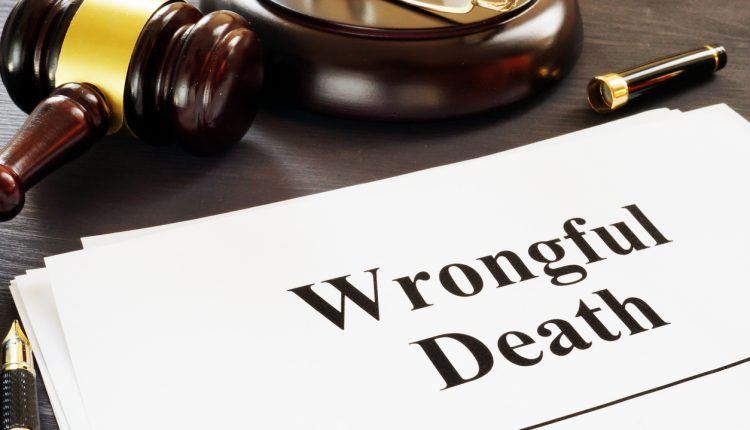The Importance of Establishing Negligence in Wrongful Death Cases
When someone dies due to the negligent actions or omissions of another party, a wrongful death claim may arise.
When someone dies due to the negligent actions or omissions of another party, a wrongful death claim may arise. In such cases, the family members or the dependents of the deceased can file a civil lawsuit against the responsible party. In the event of a settlement, there are specific laws that dictate how the proceeds should be distributed among the relevant parties under a wrongful death settlement distribution. Negligence is a crucial factor in wrongful death cases as it determines the liability of the responsible party. This article will explore the significance of negligence in greater detail.
What is Negligence?
Negligence refers to the failure to act with the level of care a reasonable person would be expected to exercise under similar circumstances. It can also be defined as a breach of duty of care that causes harm to another person. In the context of a wrongful death claim, negligence refers to the actions or omissions of the responsible party that led to the death of the victim.
Proving Negligence in Wrongful Death Cases
To establish negligence in wrongful death cases, the plaintiff must prove the following four elements:
- Duty of Care: The responsible party had a legal duty of reasonable care towards the victim. For instance, a driver must obey traffic rules and drive safely on the road.
- Breach of Duty: The responsible party failed to fulfill their duty of care, resulting in harm to the victim. An example of this could be a driver who caused an accident while texting on their phone.
- Causation: This refers to the direct link between the negligence of the responsible party and the death of the victim. It must be established that the death would not have occurred but for the actions of the responsible party.
- Damages: The plaintiff must have suffered damages due to the death of the victim. This can include such matters as emotional distress, loss of income, and medical expenses.
If the responsible party is found to be negligent, they can be held liable for the death of the victim.
Examples of Negligence in Wrongful Death Cases
Wrongful death claims can arise in various situations and negligence can take many forms, including medical malpractice, car accidents, and workplace accidents, as outlined below:
Medical Malpractice
Negligence in medical malpractice cases can include misdiagnosis, surgical errors, and medication errors. For example, if a doctor fails to diagnose a patient with cancer, and the patient dies due to the lack of treatment, the doctor may be held liable for medical malpractice.
Car Accidents
Negligence in car accidents includes drunk driving, distracted driving, and speeding. For example, if a driver was driving while under the influence of alcohol, causing an accident that led to the death of another driver, they may be held liable for wrongful death.
Workplace Accidents
Negligence in workplace accidents can take many forms, including inadequate safety measures, defective equipment, and lack of training. For example, if a worker dies due to a fall from a defective ladder, the employer may be held liable for wrongful death.
It is essential to prove negligence in wrongful death cases, and seeking the assistance of an experienced lawyer can be valuable in assessing the validity of a claim.




